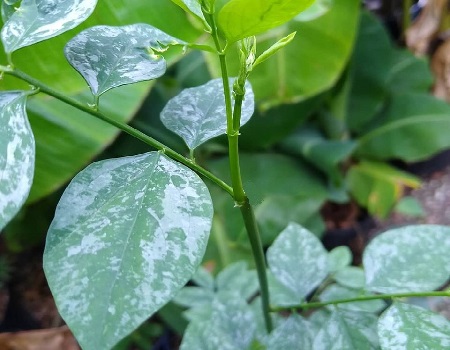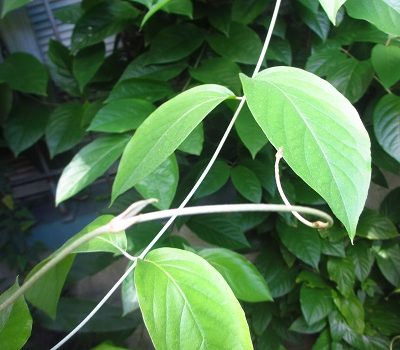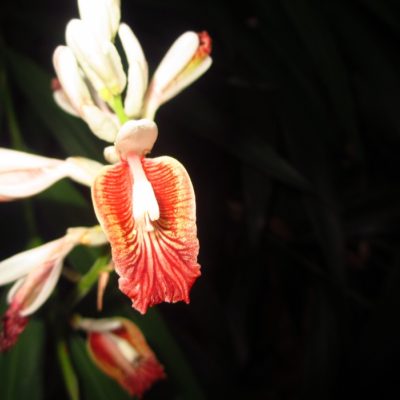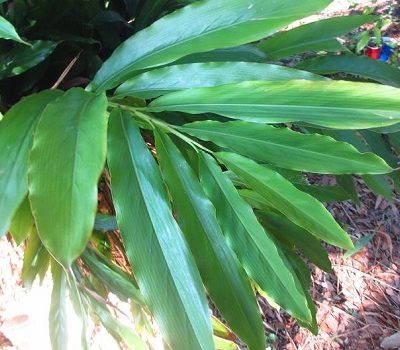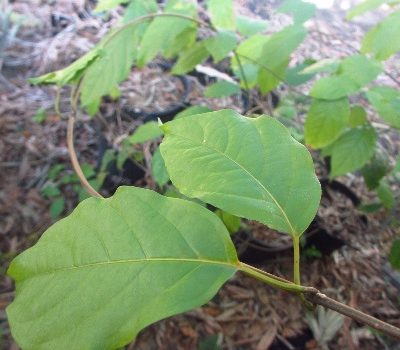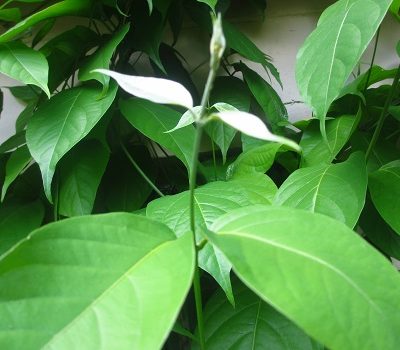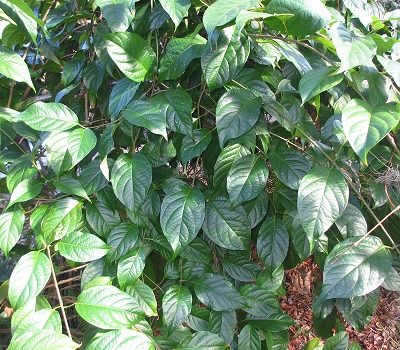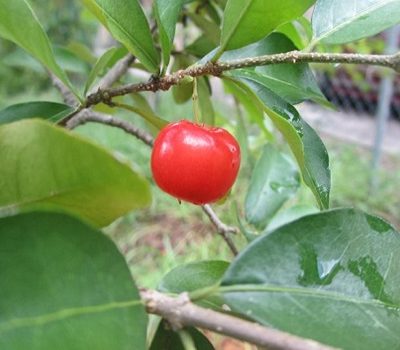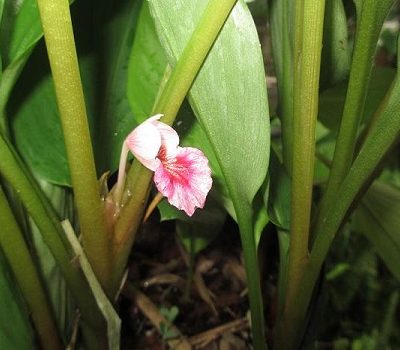Katuk
Katuk (Sauropus androgynus), is a perennial vegetable from southeast Asia. It is sometimes called Asian asparagus, and the fresh tender shoots do taste a bit like asparagus. It is also sometimes called sweet leaf. The mature leaves, tender young shoots, and immature fruits are all edible. It originates from Borneo, but it has been spread throughout southeast Asia due to its popularity as a vegetable. It is also easy to grow and very prolific.
It is useful as a source of vitamin K. It is also rich in carotenoids, especially in freshly picked leaves. It is also a good source of vitamins B and C, protein and minerals, with these nutrients being found in higher concentrations in more mature leaves.
My favorite thing about this vegetable, is that it doesn’t really require any special care in my garden here in Florida. The more you harvest shoots, the more delicious, succulent shoots it grows. They grow in a wide variety of soils and growing conditions. They are a tropical plant though, and will need protection from the cold.
Origin
Borneo
Family
Phyllanthaceae
Binomial nomenclature
Sauropus androgynus
Common names
Sweet leaf, Asian asparagus, Katuk, mani cai (马尼菜), amame shiba (アマメシバ), and pak waan.
Description
A perennial shrub with long upright or falling over principal trunks. It has side branches appearing to be pinnately divided branches, but with rose to carmine radiate flowers on the underside, a white or pinkish fruit opening at ripening to release three black seed.
Height
up to 20 feet, but if harvested as a vegetable, it will not exceed six feet.
Temperature/Zone
zone 9b, 32°F. Sauropus androgynus can take cold down to freezing, but not below freezing.
Light
Part sun
Water
Keep them evenly hydrated.
Fertilizer
Manure or a fertilizer wiht higher nitrogen will stimulate vegetative growth.
Cultivation
This plant is very tolerant of a wide variety of soils.
Pests
Leaf miners are occasionally a problem, but I have not found pests to be a problem for them here in Florida.

